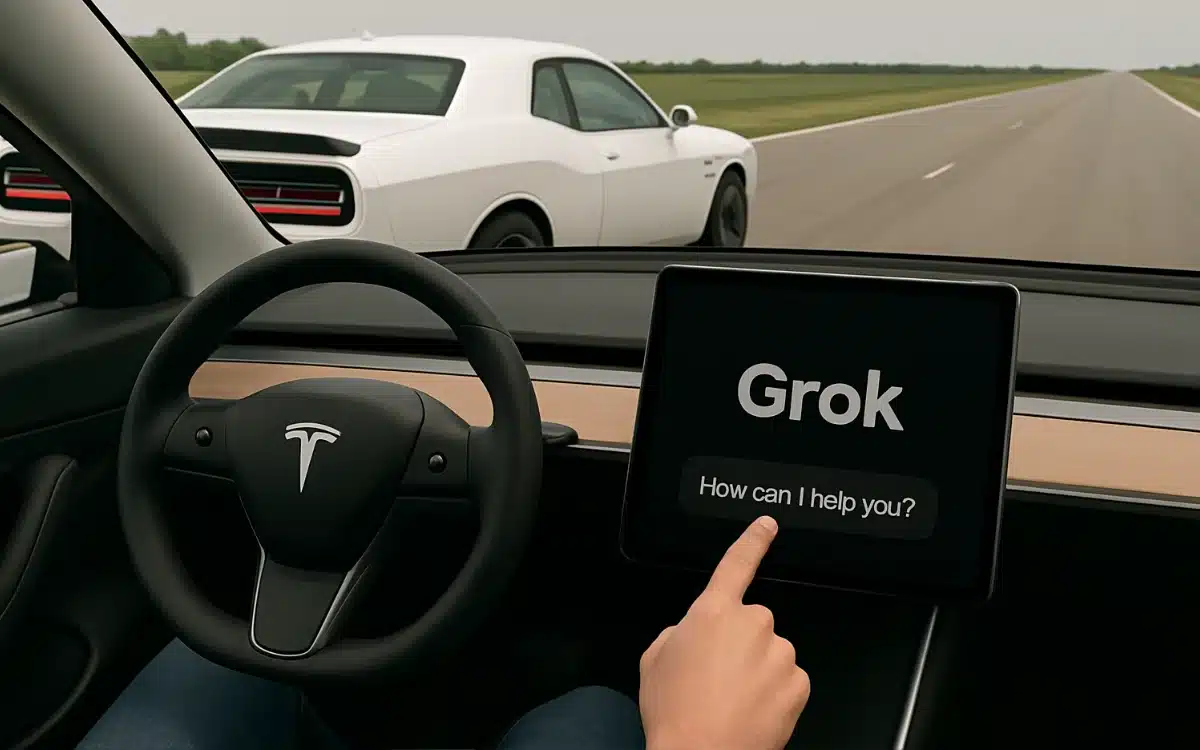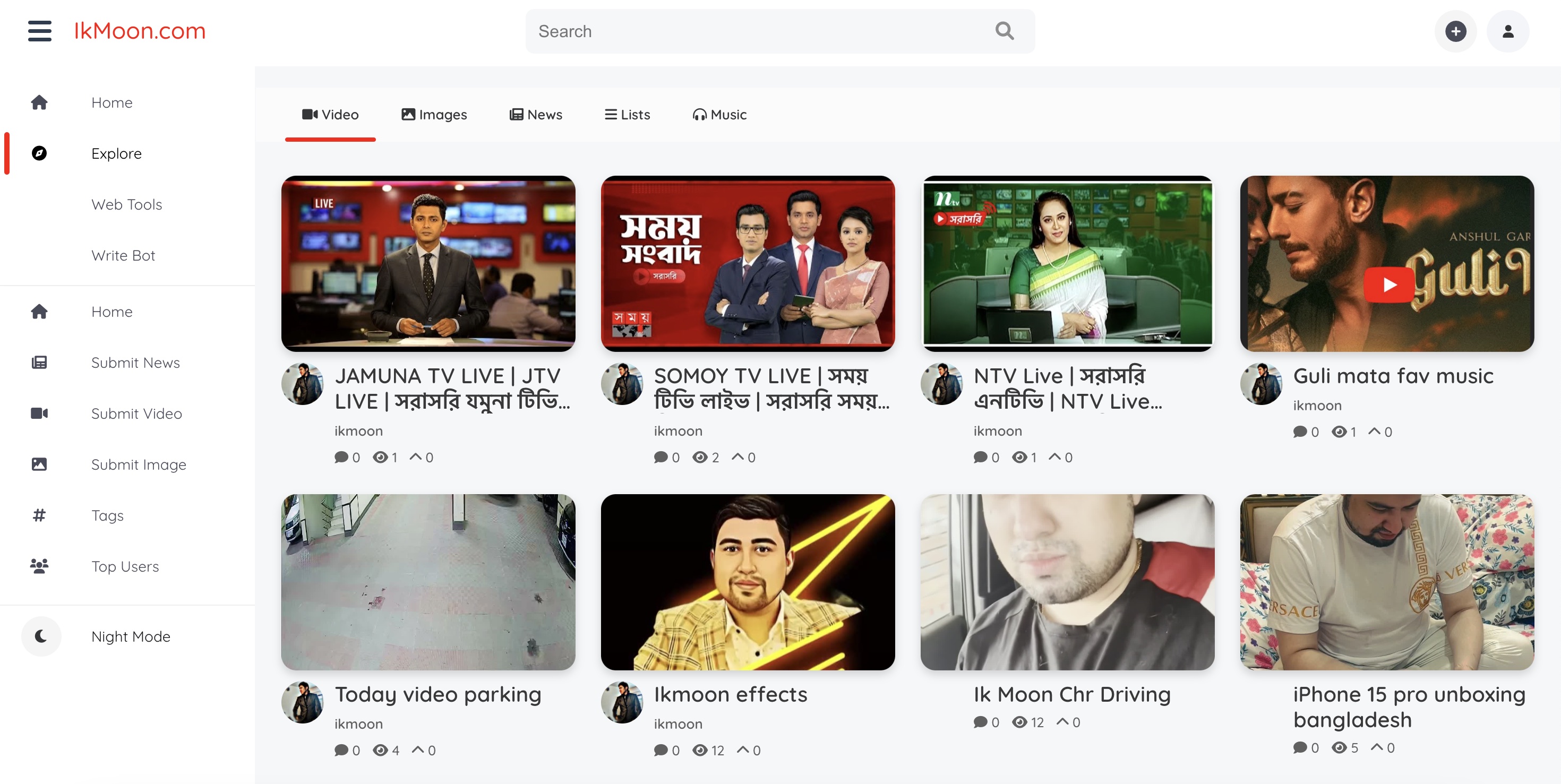As Younger Listeners Turn to Podcasts, They’re Tuning Out AM/FM Radio. That’s Bad News for Legacy Media
Among listeners aged 13 to 34, spoken word audio now accounts for as much listening time as AM/FM radio — a dramatic shift from a decade ago.

Earlier this year, young Americans’ listening habits reached a tipping point that doesn’t bode well for legacy media companies.
In the second quarter, AM/FM and podcasts both had a 14% share of time spent listening to audio in the 18- to 29-year-old age group. But just 11 years ago, AM/FM radio had a seemingly insurmountable lead: In 2014, Edison Research found that AM/FM listening held a seven-to-one margin over podcast listening in the same age group.
Edison noticed a surge in young consumers’ audio listening last year. Among all age demos, the biggest increase in time spent listening to spoken word audio was seen among listeners aged 13 to 34, who devoted 23% of listening time to spoken word audio, up from 11% in 2014. That compared with smaller jumps among adults 55 and over, who dedicated 28% of time spent listening to spoken word audio in 2024, up slightly from 26% a decade earlier. For listeners aged 35 to 54, spoken word audio rose to 28% from 22% in 2014.
So, what changed? The popularity of video podcasts is a major factor. YouTube, not Spotify, is Americans’ top destination for podcasts. However, Spotify is moving deeper into video podcasts — with encouraging results. More than 350 million users, up 65% from a year ago, streamed one of the estimated 430,000 video podcasts by the second quarter, the company revealed in its July 29 earnings call. What’s more, video consumption on Spotify is growing 20 times faster than audio consumption.
The type of podcasts that are popular has changed, too. The most popular podcast at Apple Podcasts in 2014 was NPR’s Fresh Air, an interview show that launched in 1975. NPR and public radio — which are facing deep budget cuts — owned the top 10 list that year: This American Life, Radiolab, Planet Money and Wait Wait….Don’t Tell Me also made the list. Basically, podcasts of that era gave radio listeners an opportunity to time-shift their favorite radio programs.
That was also the year of the first season of Serial, a groundbreaking 12-part audio series that delved into a murder conviction. Serial was an important transition point for the format, built for the podcast age but produced by public radio station WBEZ and created by Sarah Koenig, a former producer for WBEZ’s This American Life.
Podcasting looked much different in 2024, which saw people gravitate to younger shows created as alternatives to legacy radio shows. The Joe Rogan Experience, the quintessential alternative to legacy media, topped Edison’s list of the most popular podcasts in the U.S. in the fourth quarter of 2024 (it was No. 3 on Apple’s list in 2014). Legacy brands appear further down the list: This American Life was No. 17, Serial (now owned by the New York Times) was No. 23 and NPR’s Up First, a daily podcast created in 2017 to provide bite-sized news content, was No. 25.
The Daily from The New York Times, which claimed the No. 3 spot, is the closest thing in the top 10 to legacy media. By and large, the most popular podcasts are no longer radio shows. True crime and shows hosted by actors and comedians, not narrative series in the vein of Serial, now dominate. Call Her Daddy, hosted by 30-year-old Alex Cooper, was No. 4. This Past Weekend by comedian Theo Von was No. 5. Talk Tuah with Hailey Welch, better known as “The Hawk Tuah Girl,” fell just outside the top 10 at the No. 11 spot.
Audiences’ avoidance of radio is having financial consequences. On Thursday (Aug. 7), Cumulus Media reported a 13% decline in broadcast radio revenue in the second quarter. iHeartMedia, which reports Q2 earnings on Aug. 11, reported a 5.2% decline in broadcast radio revenue in Q1. Radio companies have kept their heads above water by cutting costs and building digital businesses — including podcasts — but broadcast radio, which is still an important source of promotion (for labels) and royalties (for publishers), is in trouble.
In contrast, podcasts are booming. A recent IAB/PwC study found podcast advertising rose 26.4% to $2.43 billion in 2024. Notably, the companies behind the podcast boom — YouTube, Apple, Spotify and Amazon — are financial behemoths that also have a hand in radio’s demise.
None of this is to bemoan the inevitable change in media formats or the unpopularity of broadcast radio among younger listeners. As times change, the way people listen will change. But it’s important to recognize how change can have downstream effects. Some of those effects are economic (podcasts don’t generate the same royalties as radio unless listeners become subscribers to Spotify or another platform), and some of those effects are promotional (impacting how people find new music). For every generational shift in consumption, there are inevitable winners and losers — and in this round, AM/FM radio is taking the biggest hit.
What's Your Reaction?











































